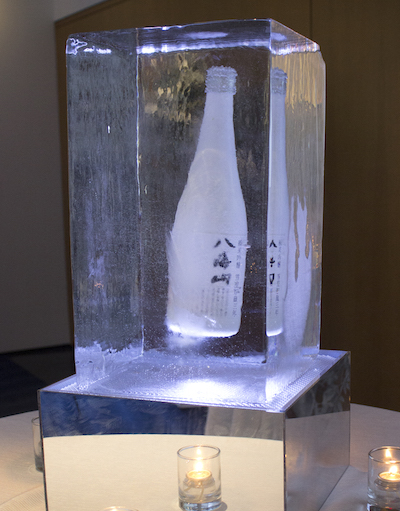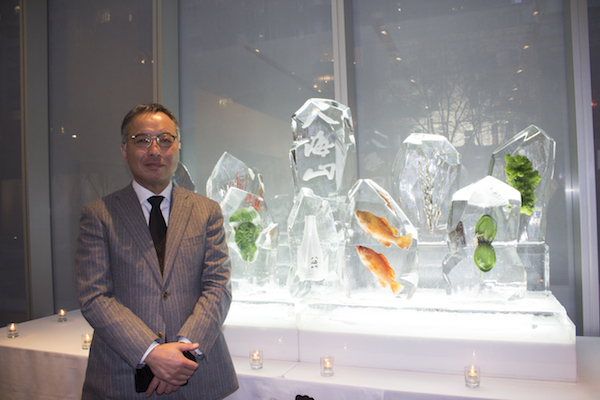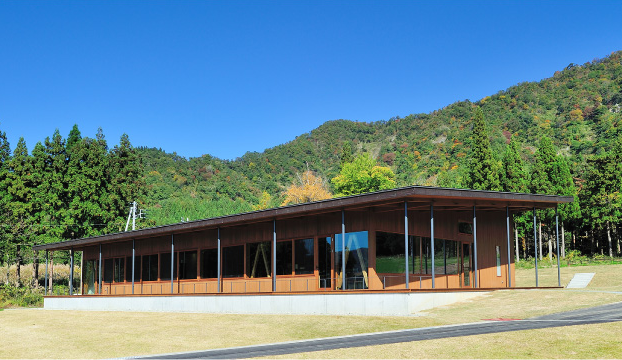
Hakkaisan Company Cafeteria. Minna no Shain Shokudo.
One of my favorite styles of food here is Japanese homestyle cooking. This way of cooking is rustic with limited ingredients and is usually very balanced and healthy. The best place I have found to enjoy Japanese homestyle cooking is the Hakkaisan Company Cafeteria. This building is called Minna no Shain Shokudo or “Employee Cafeteria for All”. This cafeteria is “for all” because it is open to employees and guests or visitors from outside the company, too. Anybody can stop by for lunch!
Employees can order breakfast, lunch or dinner any day. For visitors, the cafeteria is open to the public for lunch every day from 11am – 3pm.
Most often, you can find me at Minna no Shain Shokudo for lunch.
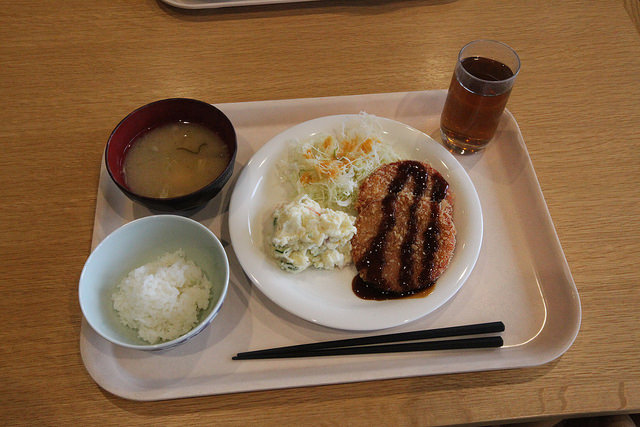
Typical Employee Lunch Tray at Minna no Shain Shokudo. Ham Katsu, Shredded Cabbage, Potato Salad, Koshihikari rice and Miso soup.
I sat down with Cafeteria Manager and Head Chef Mr. Sano to discuss the ins and outs of running a busy company cafeteria. Sano-san is tasked with a big challenge – for hungry brewers, he has to provide 3 meals a day, every day of the year (except New Years). During the brewing season, the sake mash does not take a rest, and neither do the brewers, so meals must be provided on weekends and holidays too. Every day sees as many 90 employees enjoy their breakfast, lunch or dinner at the cafeteria. Employees are served a simple buffet style meal that changes every day. Two constants every day are miso soup (with amazing in-house homemade miso) and delicious koshihikari rice (a prized local specialty). A word about Koshihikari rice – It is some of the best eating rice you’ll find anywhere and it grows all around this region. We are lucky to get to enjoy it every day with our meals. Please try it if you get the chance!
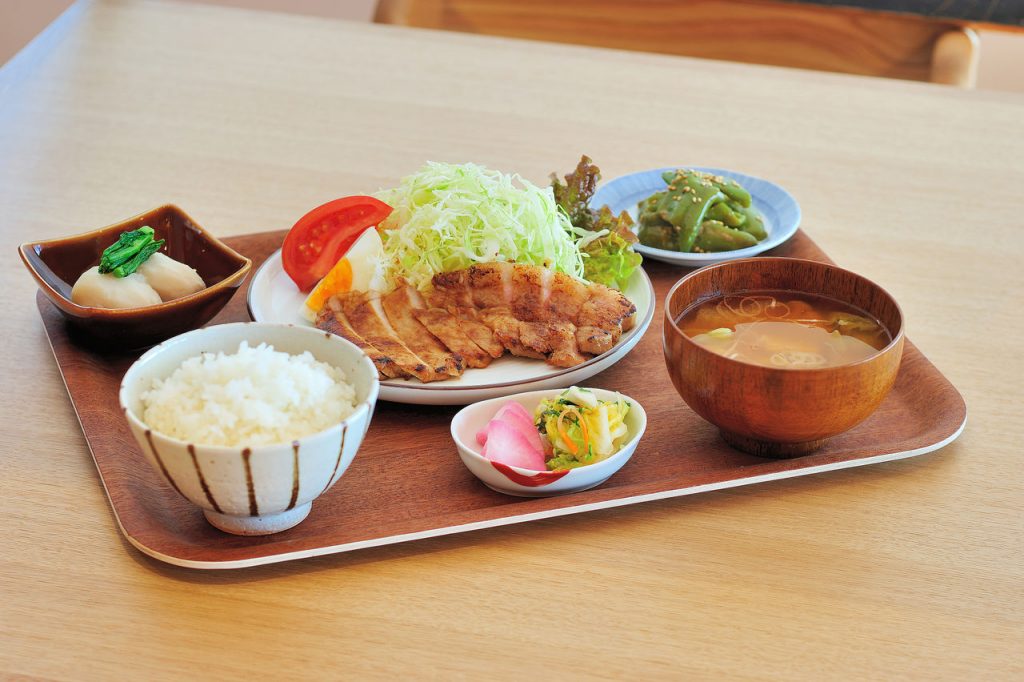
An example of the lunch set for guests visiting the Hakkaisan Company Cafeteria.
Guests visiting the Hakkaisan Company Cafeteria don’t eat the same lunch as the employees, but rather they enjoy a delicious set menu with a choice of meat or fish. This set for guests also includes the homemade miso soup and koshihikari rice. There are always a few seasonal sides along with salad and delicious homemade pickles, too. It is a fantastic home cooked lunch that draws people from far and wide. I see a lot of locals during the week and visitors from far and wide on the weekends. In the winter, I have also seen guests in their skiing gear grabbing lunch after a morning on the nearby slopes! If you visit us during lunchtime, you can enjoy lunch in the same room with the sake brewers! Please say hello!
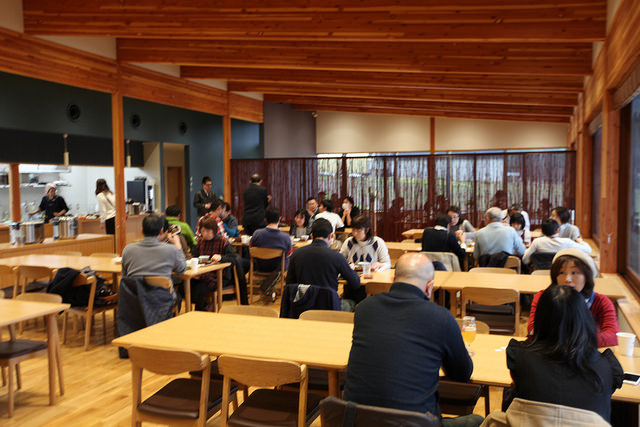
Inside the cafeteria
So what’s on the menu for the brewers? Sample menus for employees include pork katsu with heaping sides of shredded cabbage and delicious salads on the side. Udon with homemade Tempura. Curry over rice with a side salad. And the employee’s favorite lunch? Sano-san tells me that is without a question karaage fried chicken tenderized with shiokoji, a salt and koji rice mixture. The karaage IS delicious but I’m team pork katsu when it comes to my favorite lunch.
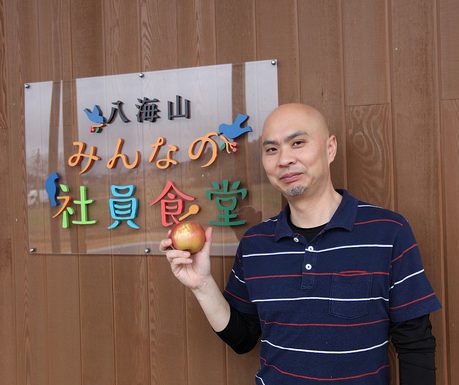
Minna no Shain Shokudo Head Chef Mr. Sano.
You may be surprised to learn that there are some foods that are strictly off the menu at sake breweries. First is natto. For those who don’t know, natto is fermented soybeans with a slimey texture and strong smell that is much beloved by most Japanese. For sake brewers, eating this is forbidden as the microbes that ferment natto are powerful and could potentially interfere with the microbes of sake fermentation. Because of the strong odors, garlic is also avoided. Finally, Japanese mikan (kind of like a small orange) is also not allowed. The orange oil that is found in the mikan peel can get on your hands when peeling the mikan and it has antimicrobial properties which can inhibit fermentation.
Staying away from natto, garlic and mikan luckily leaves lots of leeway to have a great collection of dishes. If you are in Japan, a visit to the Hakkaisan Cafeteria is a wonderful way to spend a leisurely lunch – You’ll become a fan of Japanese homestyle cooking, too!

Koshihikari rice, a prized local specialty with local mountain vegetable Pickles!







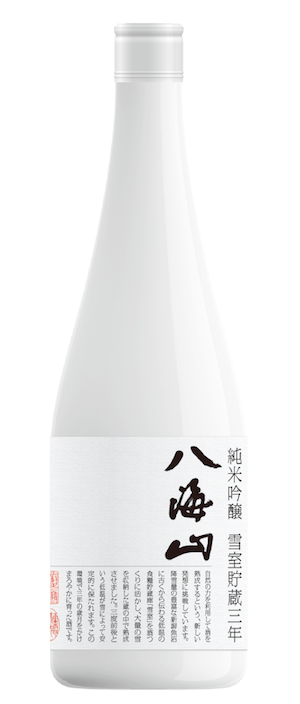
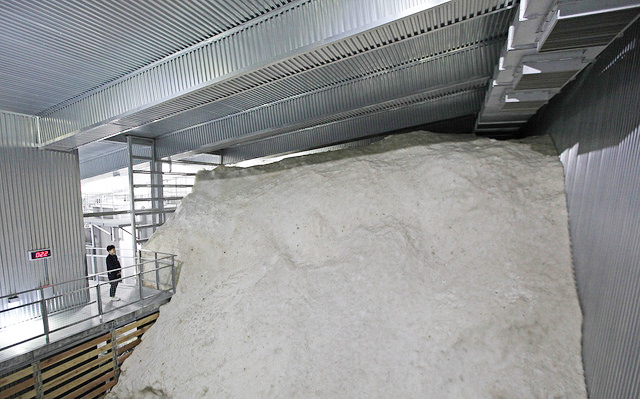
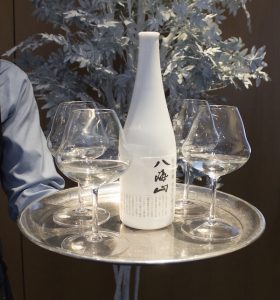 The other method used to create depth of flavor and richness is aging and bottling this sake as a genshu. Most sake is diluted with water after production to bring the alcohol percentage usually down to about 15.5%. By contrast, genshu is a style of sake that is undiluted with water, similar in concept to “cask strength” products in the world of whiskey. In the case of Hakkaisan Snow-Aged Junmai Ginjo 3 Years, the alcohol percentage is 17%. What are the advantages of genshu? As genshu sakes are higher in alcohol, they offer more body, weight and structure to the sake. This translates into the ability to pair genshu sakes with non traditional foods. The keyword here is Umami! Richer foods with lots of savory characteristics pair beautifully with this genshu sake. Pairing ideas along this vein include beef tenderloin, Mediterranean seafood and even liver paté. This genshu sake also has the heft to stand up to mildly spicy dishes as well, so please try this sake with black pepper chicken or beef curry.
The other method used to create depth of flavor and richness is aging and bottling this sake as a genshu. Most sake is diluted with water after production to bring the alcohol percentage usually down to about 15.5%. By contrast, genshu is a style of sake that is undiluted with water, similar in concept to “cask strength” products in the world of whiskey. In the case of Hakkaisan Snow-Aged Junmai Ginjo 3 Years, the alcohol percentage is 17%. What are the advantages of genshu? As genshu sakes are higher in alcohol, they offer more body, weight and structure to the sake. This translates into the ability to pair genshu sakes with non traditional foods. The keyword here is Umami! Richer foods with lots of savory characteristics pair beautifully with this genshu sake. Pairing ideas along this vein include beef tenderloin, Mediterranean seafood and even liver paté. This genshu sake also has the heft to stand up to mildly spicy dishes as well, so please try this sake with black pepper chicken or beef curry.